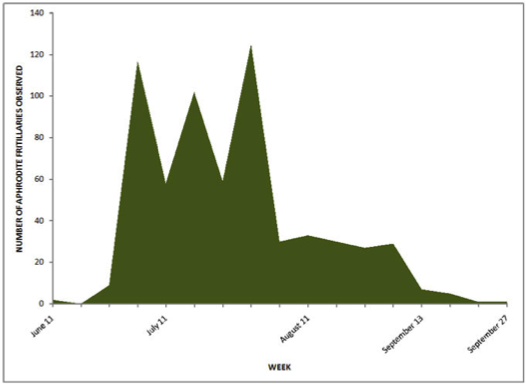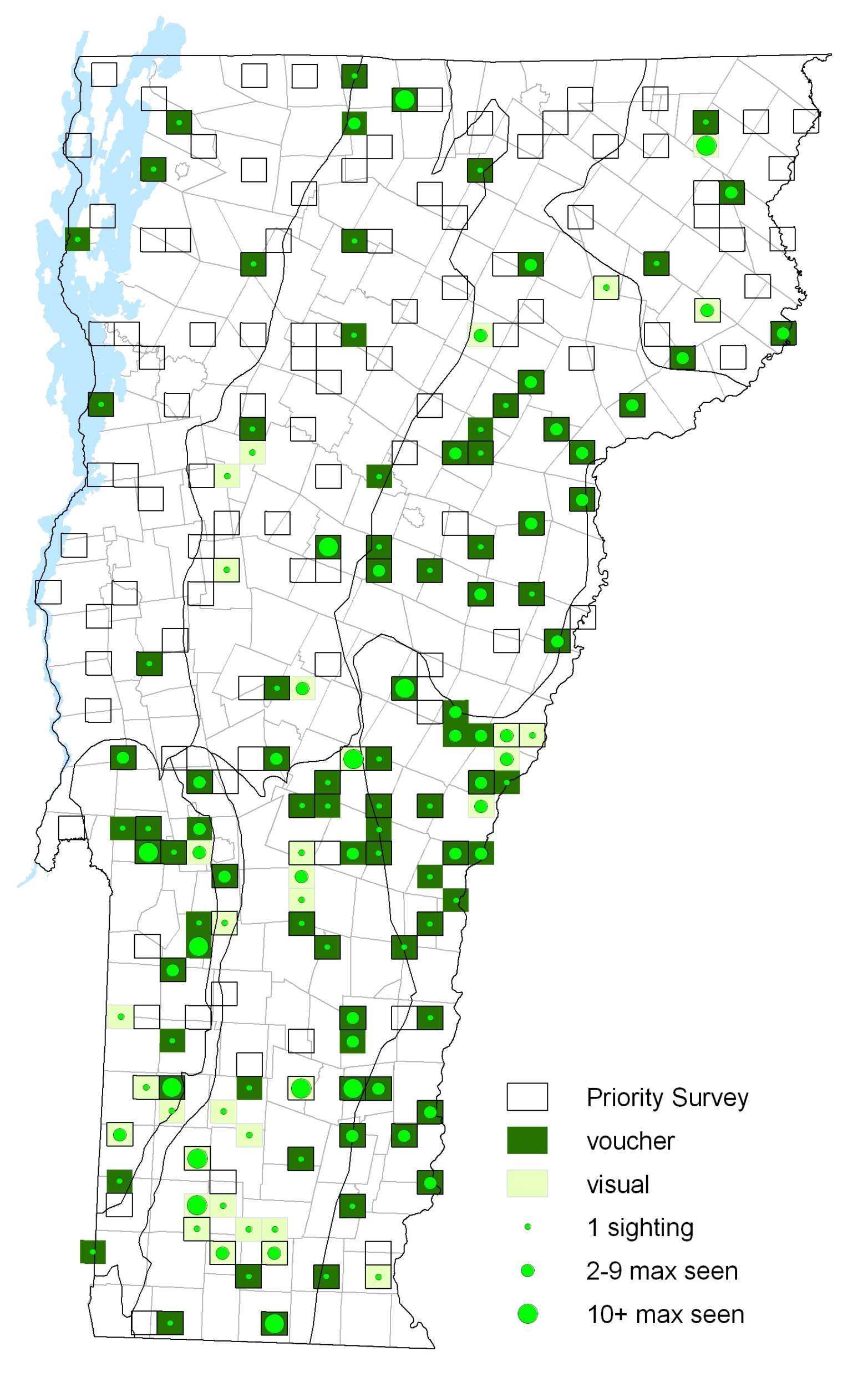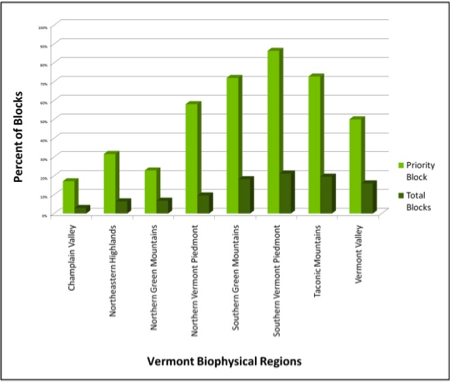|
Resident Conservation Status North American Range |
Named for the Greek goddess of beauty, they are often found nectaring among congeners. Males patrol for females throughout the day. Females walk on the ground to lay single eggs near violets. First instar caterpillars do not feed, but overwinter until spring, when they eat young leaves of violets.
Identification
Generally intermediate in size between the larger Great Spangled Fritillary and the smaller Atlantis Fritillary. Upperside reddish orange-brown; male forewing with black spot below cell and with no black scales on veins. Underside of hindwing has pale submarginal band narrow or missing.
Flight
One brood flies from mid June through the end of September. Males eclose as much as three weeks earlier than females. Appears to begin flight period slightly later than Great Spangled Fritillary. Extreme dates: 11 June 2004 in Chester (M. Reiter) and 27 September 2005 in Grand Isle (D. Hoag).
Distribution and Habitat
According to Massachusetts Butterfly Atlas, observers in that state perceived a significant population decline in recent decades. During VBS found to be common and widespread in the southern four biophysical regions and the southern half of the Northern Piedmont region. Only widely scatterd records in the Champlain Valley during the survey. Hostplants are violets. Reported nectaring on 17 plant species during VBS, most often milkweed (Asclepias) and Joe Pyed Weed.







